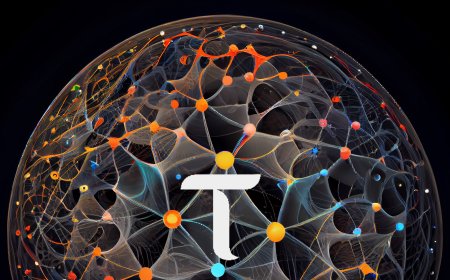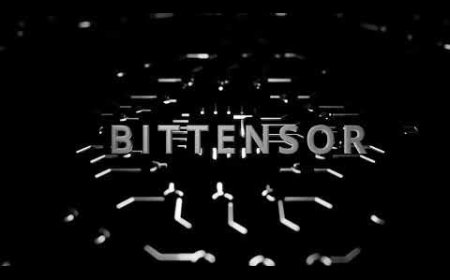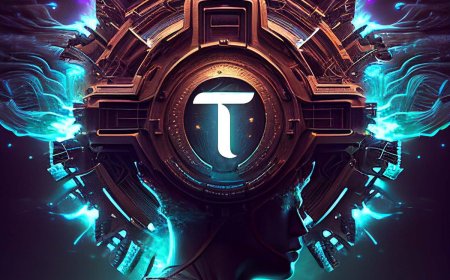Decentralized AI Networks and the Future of Consumer-Grade Hardware Computing
In January 2024, our journey into the world of decentralized networks began when we realized the potential to launch our own subnet. At that time, discussions with industry figures such as Mr. N and SH gave us insights into how we could leverage the growing opportunities within the AI ecosystem. By February, we successfully launched Subnet 30, marking our entry into the EOS system.
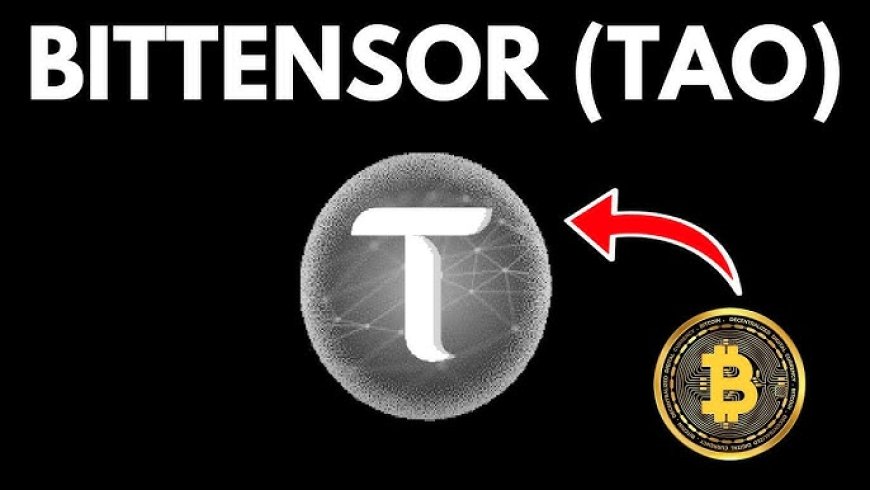
But before delving into the technical aspects of this launch, there’s an amusing anecdote worth sharing—a member of our team donned a pregnant man costume as part of a gag that eventually became a viral marketing piece. This quirky incident exemplifies our company’s creative approach to viral AI-based content creation.
Womo, our consumer AI platform, specializes in generating viral content, and over the years, we've seen massive success with our viral AI-driven campaigns. From creating bizarre "pregnant men" content to animating figures like Trump, Biden, and famous artists such as Drake and Kendrick Lamar, we've harnessed the power of AI to fuel our content. The costume gag was one of our many AI-generated viral campaigns, showcasing our playful yet strategic approach to marketing.
Womo’s Growth and AI-Powered Platforms
Founded in 2021, Womo has developed mobile applications accessible to everyday consumers. Our first app, "Womo," allows users to create personalized meme videos by taking a selfie, selecting a song, and letting our AI animate the selfie into a humorous video. Another app, "Dream," was ahead of its time—an image generation platform that converts text into images. While tools like MidJourney and Stable Diffusion may now dominate the space, "Dream" had already amassed over 200 million downloads across the App Store and Google Play.
What set us apart was our organic growth strategy. We never paid for advertising; instead, we relied on our viral content to spread across social media platforms like TikTok and Instagram. The algorithms of these platforms amplified our reach, driving Womo’s success without the need for traditional marketing methods.
The Launch of Subnet 30: A Decentralized Meme Machine
In February 2024, we embarked on a new venture with the creation of Subnet 30, which was intended to be a decentralized AI-powered meme machine. The goal was to create a network that could execute complex AI pipelines and generate high-quality viral content, with creators rewarded based on the real-world performance of their work. However, building this system came with its own set of challenges.
One of the main issues we encountered was the imbalance between miners and validators. Miners, equipped with greater computing power, were able to process content faster, but validators often created bottlenecks that slowed down the entire network. This limitation hindered our efforts to optimize inference speeds and reward creators in a timely manner.
A Pivot in Strategy
Despite our best efforts to address these challenges, we soon realized that other subnets, such as Subnet 19 and 23, were making strides in high-performance image generation, leaving us to reconsider our path forward. After a period of reflection, we decided to dissolve Subnet 30, returning 400 Tow tokens to the community and distributing them among key supporters.
Although this marked the end of Subnet 30, it also opened the door to new opportunities. Our focus shifted towards exploring the potential of consumer-grade AI, a concept that could revolutionize the AI landscape by leveraging the untapped computing power of everyday devices.
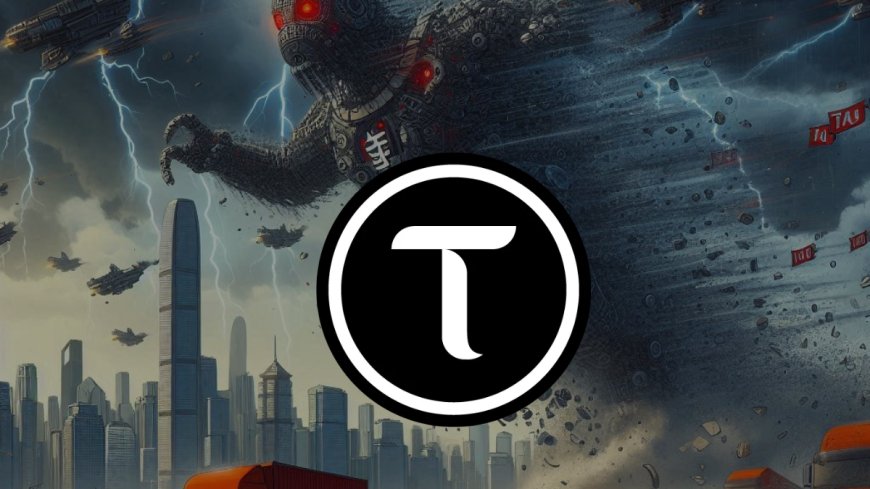
The Future of Consumer-Grade AI
We believe there’s an immense amount of untapped computing power sitting in the pockets and homes of everyday people. Devices like iPhones, MacBooks, gaming consoles, and even Teslas are capable of running AI processes, albeit not at the same level as data-center-grade hardware. This realization has driven our new mission: democratizing AI by harnessing the power of these consumer-grade devices.
The concept is simple: instead of relying solely on centralized data centers to run AI models, why not use the collective computing power of millions of consumer devices? Imagine millions of iPhones or MacBooks contributing to AI workloads overnight. Individually, each device adds a small portion of processing power, but collectively, the impact could be monumental.
The benefits of this approach go beyond increased accessibility. Edge computing, where data is processed closer to its source (i.e., on consumer devices), reduces latency, improves privacy, and cuts down on bandwidth usage. Stable diffusion models, which usually require high-end hardware like an H100 in data centers, could be optimized to run on everyday devices, opening new possibilities for edge computing.
AI Optimization on Consumer Devices
In this decentralized system, miners would compete to find the most efficient way to run AI models on specific hardware setups, such as running stable diffusion on a MacBook. Validators would test these methods, comparing their performance to a baseline model, and reward miners accordingly. This iterative process would lead to the development of highly optimized models that can run on a broader range of devices, without compromising accuracy or performance.
Two projects driving this initiative forward are w.ai and Edge Maxing. The latter aims to maximize performance on edge devices, focusing on phones and laptops. As the community explores innovative techniques like quantization and neural architecture search, we expect new breakthroughs that will allow AI models to run seamlessly on consumer-grade hardware.
A New Kind of Decentralized AI Ecosystem
This vision of AI democratization leads to a future where anyone with a smartphone or laptop can contribute to complex AI tasks, creating a decentralized and accessible AI ecosystem. The idea of millions of devices collaborating to run AI workloads is not only revolutionary but also holds the potential to change how we think about computing at large. However, there are still challenges to overcome, such as validating the accuracy of optimization techniques without sacrificing model performance.
The Role of Subnets and Monetization
Subnets, like Subnet 30, play a crucial role in this decentralized ecosystem. These subnets act as trusted companions within their networks, with operators controlling and optimizing the subnet’s performance. One of the key questions for subnet operators is when they should begin receiving rewards for their contributions. Ideally, subnet owners would receive emissions close to the launch to cover development costs and incentivize early miners. However, most emissions should be distributed after proving that the subnet delivers real-world value.
Transparency is critical in ensuring that validators and the broader community understand the costs associated with running a subnet. Open-source model optimizations benefit the entire AI community, encouraging collaboration and support. Validators like Keith argue that emissions should be driven by market forces, ensuring a fair and efficient distribution of resources across the network.
Conclusion: The Future is Decentralized
In conclusion, decentralized AI networks, optimized for consumer-grade hardware, represent the next frontier in AI innovation. While challenges remain, the potential for widespread AI democratization is vast. By leveraging the untapped computing power of everyday devices, we can create a more accessible, efficient, and decentralized AI ecosystem. Through transparency, community collaboration, and market-driven incentives, subnet management can contribute positively to this broader vision, ensuring a future where AI is truly for everyone.
Source : @Opentensor Foundation

